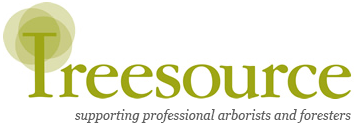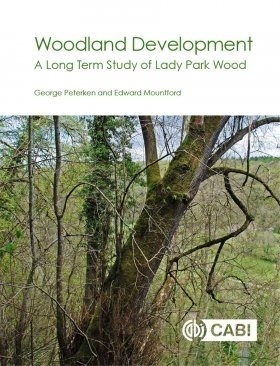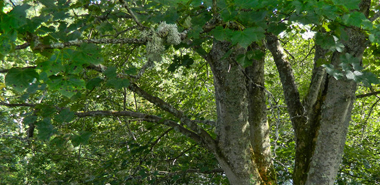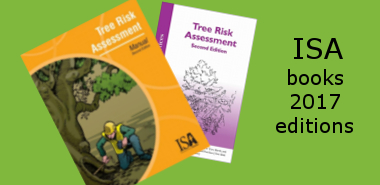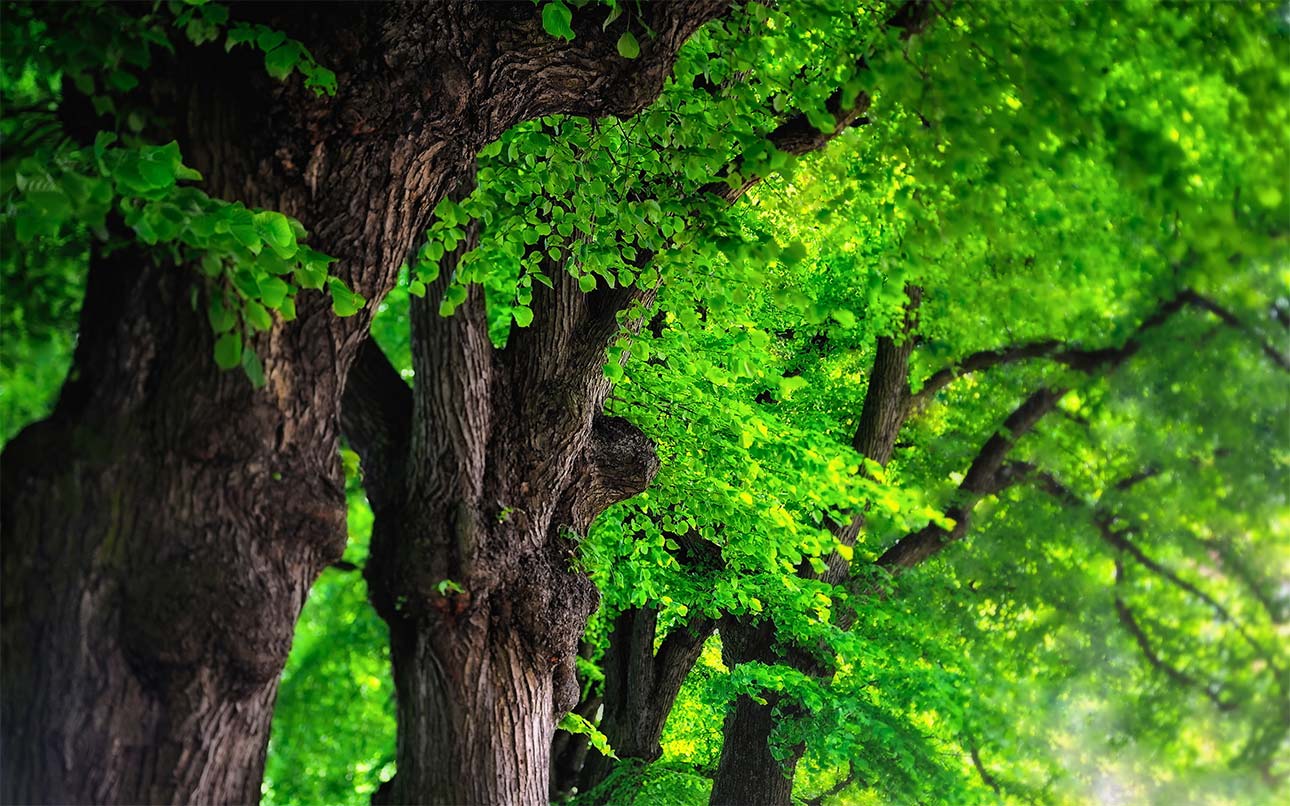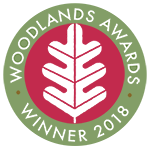| Available in paperback and hardback formats | |
| 288 pages | |
| 189 x 246 mm |
Woodland Development. A Long Term Study of Lady Park Wood
£31.50In 1944 Lady Park Wood (45 hectares of woodland in Gloucestershire and Monmouthshire, UK) was set aside indefinitely by the Forestry Commission so that ecologists could study how woodland develops naturally. Since then, in a unique long-term study, individual trees and shrubs have been recorded at intervals, accumulating a detailed record of more than 20,000 individual beech, sessile oak, ash, wych elm, small-leaved lime, large-leaved lime, birch, hazel, yew and other species. In the seven decades since the study started, the wood has changed; trees grew, died and regenerated, and drought, disease and other events shaped its destiny. Each tree and shrub species reacted in its own way to changes in the wood as a whole and to changes in the fortunes of its neighbours. Meanwhile, the wild fauna, flora and fungi also responded, leaving the wood richer in some groups but poorer in others. In this landmark book, beautifully illustrated throughout, George Peterken and Edward Mountford summarise the ongoing results of the Lady Park Wood study, highlighting its unique place in nature conservation and its significance to ecology in general. It also builds on experience at Lady Park Wood and elsewhere to discuss in particular: the role and maintenance of long-term ecological studies; the concept and form of natural woodland; the role of minimum-intervention policies in woodland nature conservation; near-to-nature forestry; and the desirability and practicalities of re-wilding woodlands.
Audience
The book will be of great interest to forest ecologists and conservationists, and all naturalists interested in woodlands
Table of Contents
Chapter 1: Understanding woods
Chapter 2: Lady Park Wood and its history
Chapter 3: The ecological reserve
Chapter 4: Recording trees and expressing change
Chapter 5: The Changing wood
Chapter 6: Ash - the tree in the spotlight
Chapter 7: Beech and oak, the major forest trees
Chapter 8: Limes and wych elm
Chapter 9: Birch and other short-lived canopy trees
Chapter 10: Field maple and hazel, the other coppice species
Chapter 11: Minor trees and shrubs
Chapter 12: Habitats
Chapter 13: Species
Chapter 14: Long-term ecological studies
Chapter 15: Natural woodland in theory and practice
Chapter 16: Near-to-nature forestry
Chapter 17: Re-wilding, remoteness and wilderness
Publisher: - CABI Publishing - more
Year: - 2017 08 Aug
Authors: - Peterken, G. & Mountford, E. (Eds)
